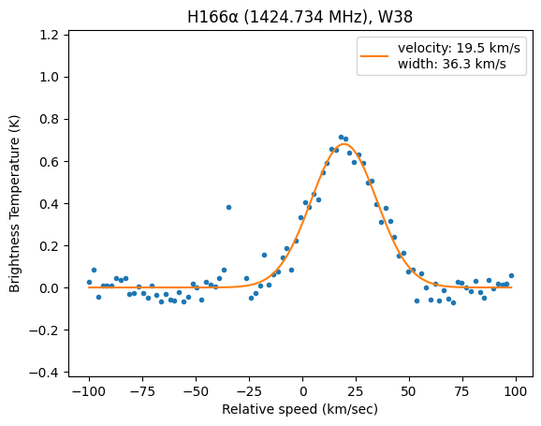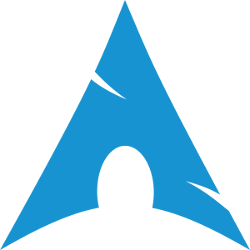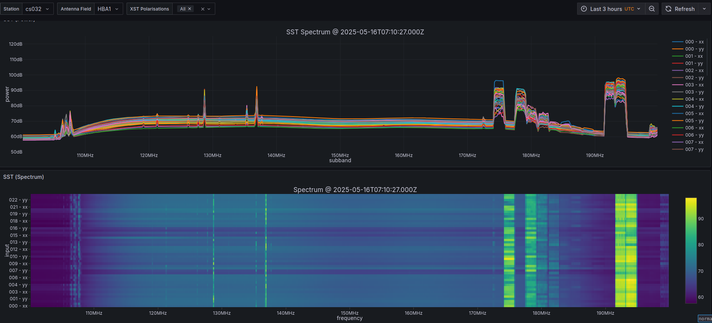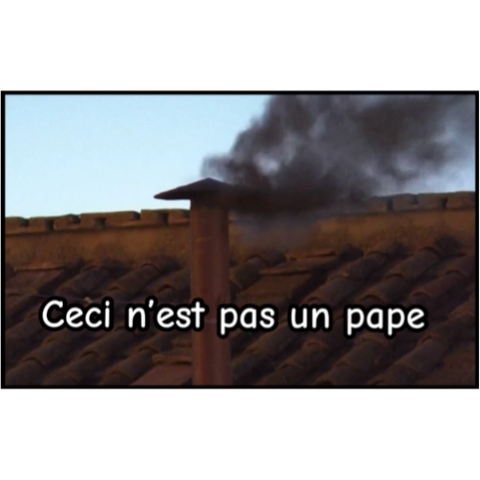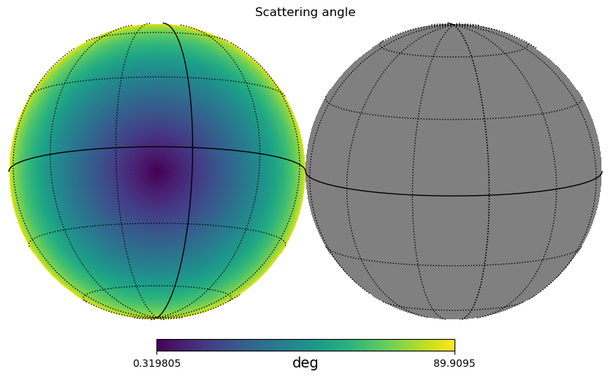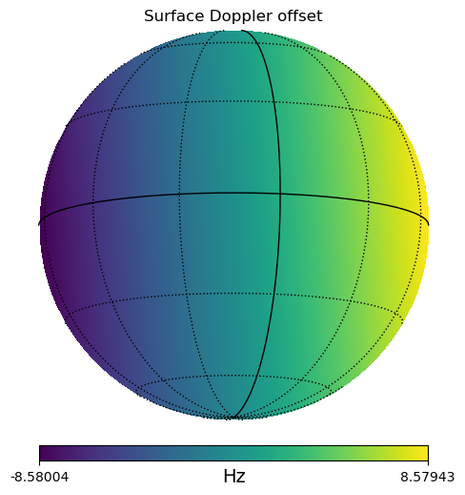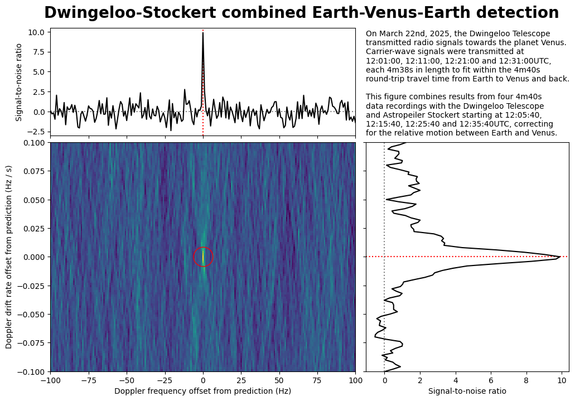After two and a half years of building this community, I've made the decision that it's time to shut down Astrodon.social.
Since 2022, around 4,000 users have registered on astrodon.social. However, fewer than 10% of those users are active each month, and fewer than 1% post regularly. Because of the way Mastodon works, the data for every one of the those users, even the inactive ones, has to be kept forever and keeps on growing. There's no way to remove posts or archive them out of the database, and running a large database gets very expensive.
Running Astrodon costs more than €300/month, which means that the costs of running the server are primarily going toward servicing fewer than 50 active users, the most active of whom are organisations. Even with donations, Astrodon has now cost me more than €5000 to run.
While I’ve considered the option of turning Astrodon into a commercial service or creating a nonprofit, I’m reluctant to go down that route. Managing a business comes with a host of overhead tasks like tax reporting and navigating different tax regimes due to our global user base, which is something I want to avoid. My goal has always been to create a free and open space, but the reality is that the free part isn't sustainable.
I'm not shutting down Astrodon immediately. I want to give everyone ample time—likely over the next two to three months—to find alternative service providers and transition smoothly. This isn't a decision I'm making lightly, and I appreciate your understanding and support as we navigate this transition. If you have any questions, concerns, or suggestions, please feel free to reach out to me directly through DMs.
